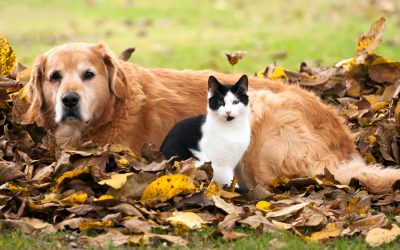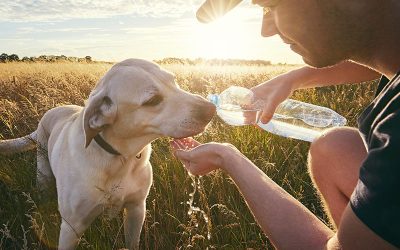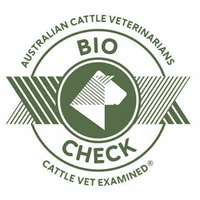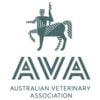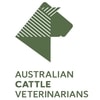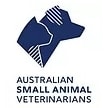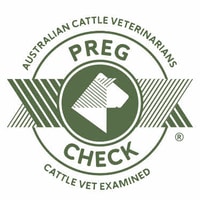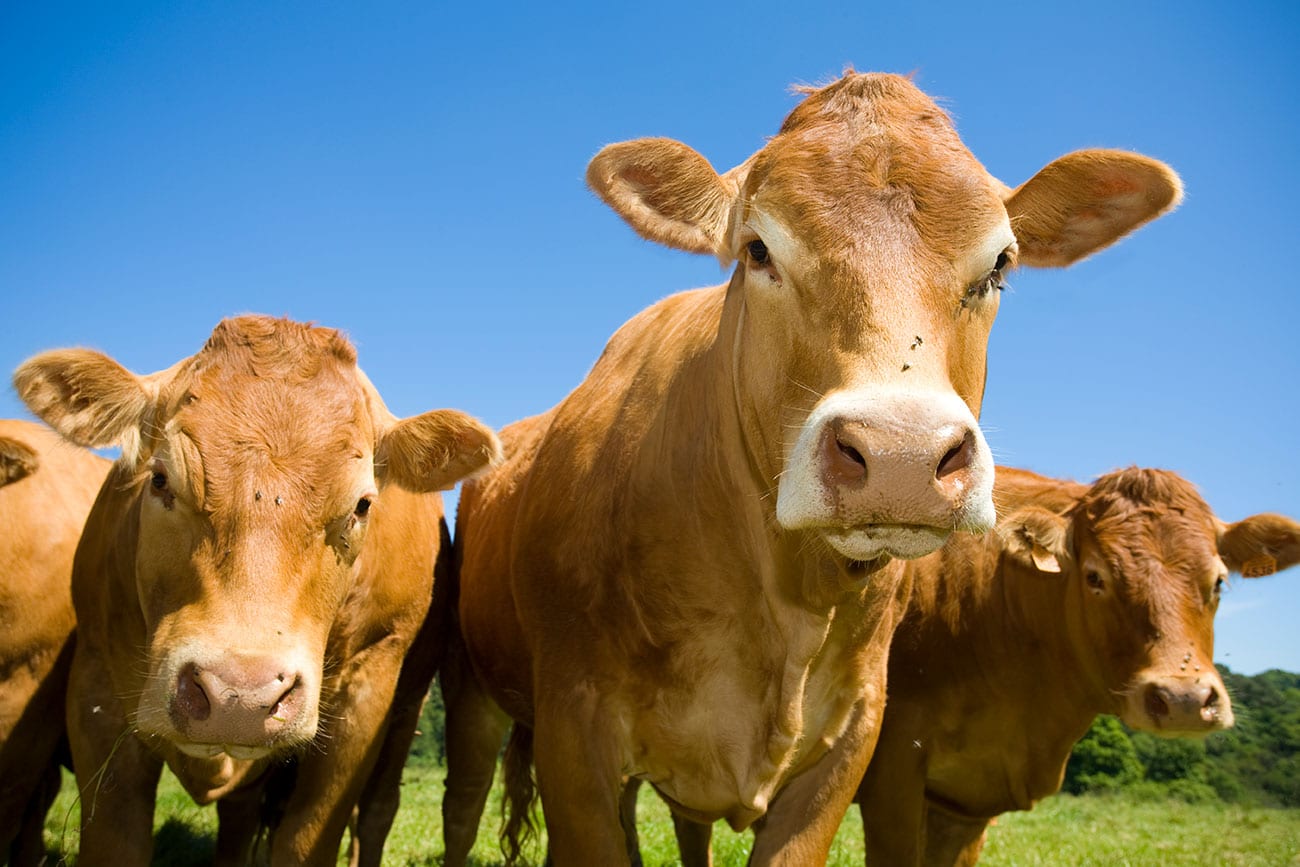
The most common reason for calf losses in the cattle industry are calving difficulties, known as dystocia. In order to recognise dystocia promptly, an understanding of the normal calving process is necessary.
The more difficult the calving; the greater the risk of infectious disease, the greater the incidence of infertility losses in the dam and the lower the absorption of colostrum.
Calving is a complex process with many mechanisms affecting it. There are three stages of parturition.
Stage 1 of parturition = 6-12 hours
The heifer/cow will usually seek an isolated area. Vaginal discharges increase and the cervical mucous plug is passed.
The cow becomes uneasy and shows signs of pain. Uterine contractions begin, they occur every 15 minutes at first and they then increase to every few minutes by the end of stage 1.
Stage 2 of parturition = 4 hours
The calf enters the birth canal. The first water bag ruptures (the chorioallantois), followed by the second (the amnion). Strong uterine and abdominal contractions occur and the calf is expelled. The pain of the uterine contractions at this point usually force most cows to lie down.
Stage 3 = 6-12 hours
The foetal membranes are expelled and the uterus begins to involute.
When to intervene?
- Stage 1 – If you suspect the cow has been in stage 1 for over 12 hours.
- Stage 2 – If a water sac is visible for 2 hours and the cow is not trying.
- If the cow has been trying for 30 minutes and has made no progress.
- If the cow or calf is showing signs of excessive fatigue and stress, such as a swollen tongue of the calf or severe bleeding from the rectum of the cow.
- If the calf is presented abnormally. Normal presentation consists of the extended front legs and the head exiting first, some calves come out back legs first however they often require assistance.
- Stage 3 – If the cow has not passed the foetal membranes within 5 days of calving treatment may be necessary. If membranes persist, please ring our friendly vets to discuss further treatment options.
When to call for help?
Calving jacks and pulley gear is often essential in managing difficult calvings, however they can be dangerous if misused.
Your experience and judgement will decide if you are able to intervene yourself or if you will require professional assistance.
These few suggested guidelines are provided to refer to – they are recommendations of when to seek help:
- If the problem that is causing the dystocia can not be ascertained.
- If the problem is identified but you are unable to correct it.
- If you have tried to correct the problem but have made no progress in 30 minutes.
- Further delay will put the calf in jeopardy.
Make sure you have the cow in the yards before calling the vet surgery for assistance.
RELATED ARTICLES
Arthitis Awareness
Ouch! Do you ever experience sore joints on a chilly morning?Like humans, our furry best friends can experience aches and pains caused by arthritis. These pains can become more intense over the cooler months - let us teach you a little about this common condition, so...
Separation Anxiety
You've likely been spending lots of time at home during the pandemic, and no doubt your dog has enjoyed this quality time with you. If like many, you've welcomed a new furry family member into your home during this period, they'll be very used to having you around...
Hot Weather & Heatstroke
We all love spending quality time with our pets on a hot summer’s day. However, we need to stay vigilant in summer, as the warmer weather can expose our pets to several dangers. One of these dangers is heatstroke. Heatstroke, or hyperthermia, occurs when your pet’s...
Hot-spots
Hot-spots are a common problem amongst dogs, and some breeds like golden retrievers, labradors, and rottweilers may be more susceptible to these than others. What is a hot spot? A hot-spot can otherwise be known as a ‘moist skin rash,’ acute moist dermatitis, or...
RELATED
ARTICLES
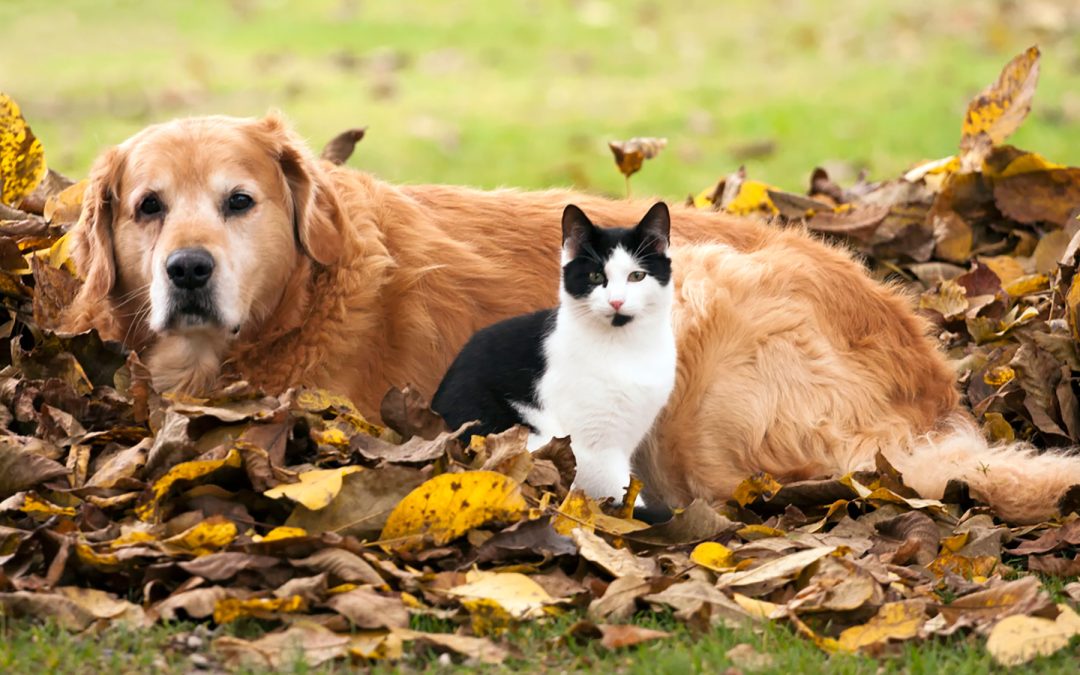
Arthitis Awareness
Ouch! Do you ever experience sore joints on a chilly morning?Like humans, our furry best friends can experience aches and pains caused by arthritis. These pains can become more intense over the cooler months - let us teach you a little about this common condition, so...

Separation Anxiety
You've likely been spending lots of time at home during the pandemic, and no doubt your dog has enjoyed this quality time with you. If like many, you've welcomed a new furry family member into your home during this period, they'll be very used to having you around...
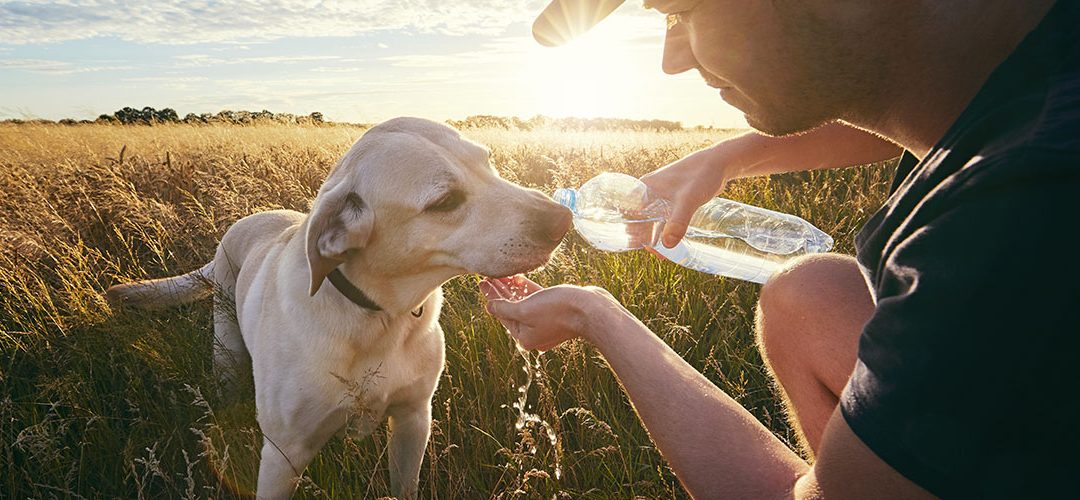
Hot Weather & Heatstroke
We all love spending quality time with our pets on a hot summer’s day. However, we need to stay vigilant in summer, as the warmer weather can expose our pets to several dangers. One of these dangers is heatstroke. Heatstroke, or hyperthermia, occurs when your pet’s...
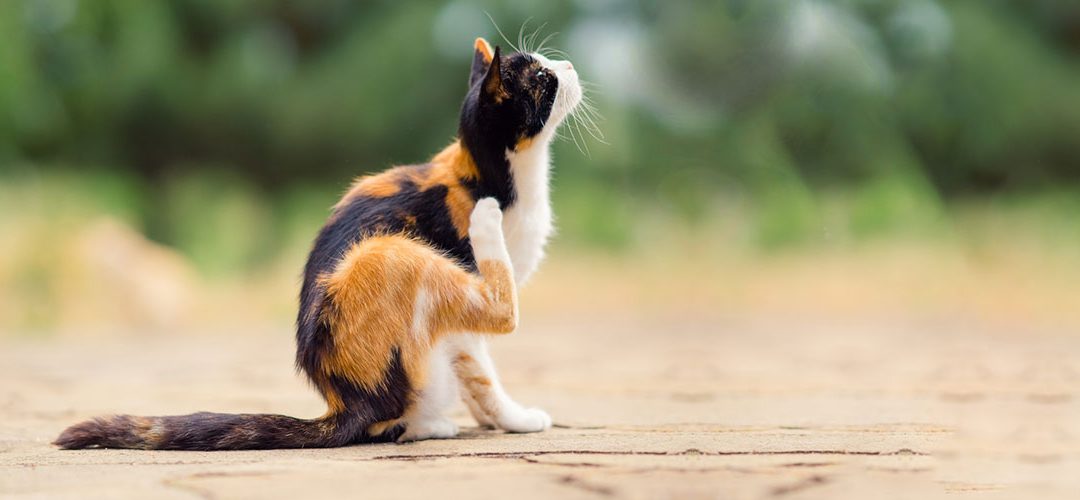
Hot-spots
Hot-spots are a common problem amongst dogs, and some breeds like golden retrievers, labradors, and rottweilers may be more susceptible to these than others. What is a hot spot? A hot-spot can otherwise be known as a ‘moist skin rash,’ acute moist dermatitis, or...
Call Us Today To Discuss Your Animal Needs
Business Hours Phone: 07 4693 2233




